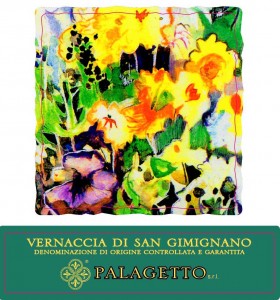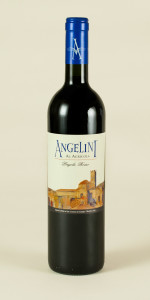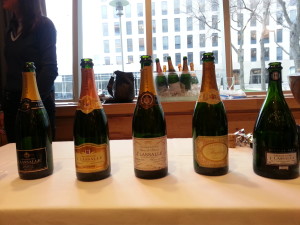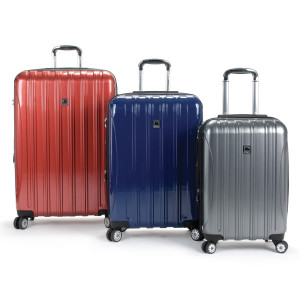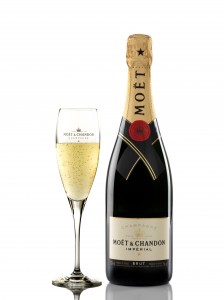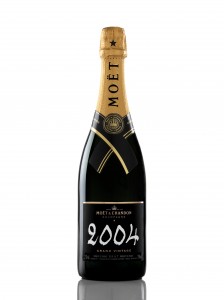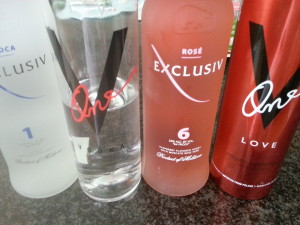 Ever since my friend Beni made me some vodka flavored with rose petals from her flower garden, I’ve been a big fan of rose vodka. Shakers used to make a great one; haven’t seen it for a while though. So I was interested when I recently ran into Paul Kozub who produces V-One, a wonderfully smooth spelt vodka made in Poland. I sample the original flavor, liked the mild, bright flavor, and bought a bottle.
Ever since my friend Beni made me some vodka flavored with rose petals from her flower garden, I’ve been a big fan of rose vodka. Shakers used to make a great one; haven’t seen it for a while though. So I was interested when I recently ran into Paul Kozub who produces V-One, a wonderfully smooth spelt vodka made in Poland. I sample the original flavor, liked the mild, bright flavor, and bought a bottle.
Then Paul told me he was branching out into rose flavor. Out in the parking lot, he gave me a bottle. I took it home and sampled it. And I tried it on everyone who visited for a week or so. We all agreed: it’s vanilla flavored — and it looks vanilla colored, too. If you didn’t know there was rose in it, you wouldn’t think of it. Once you’re told, you can detect a tiny amount of rose aroma.
Easy fix: rename it Vanilla Rose.
Then a couple bottles of Exclusiv vodka arrived: original and rosé flavored. Yes, they call it rosé, like the wine, and it is pink. Exclusiv is made in Moldova with winter wheat, and is moderately light and smooth. It has a pleasant floral aroma but producer Serge Chirstov writes that it’s made with rosé Moscato wine and a bit of raspberry vodka. Still, it smells like flowers, and has a nice, moderate amount of sweetness.
On its own, over ice, Exclusive Rosé is a charming, simple summer cocktail.
